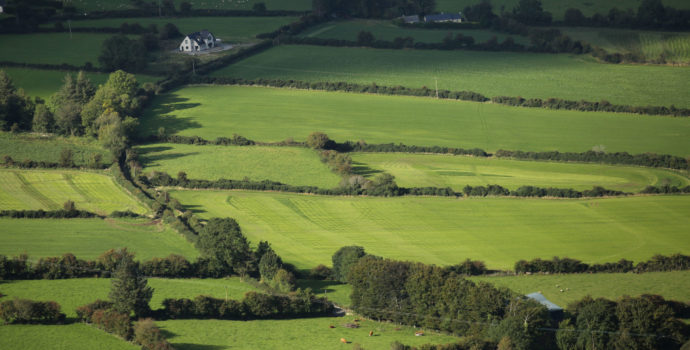Farmers Have an Important Role in Biodiversity

IFA Environment & Rural Affairs Chairman Paul O’Brien said farmers and farming play an important role in protecting and enhancing biodiversity.
“Farmers do not get enough recognition for their role in protecting the quality of nature found in the countryside. Irish farmland is filled with a broad range of habitats from hedgerows, field margins, ponds, streams, native woodland, bogs and species-rich meadows and pastures. There are habitats in every farm corner that contribute to biodiversity.”
Ireland has the third largest total hedgerow area in the EU. The Teagasc Irish Hedge Map estimates Ireland’s cover of hedgerows, individual trees and non-forest woodland and scrub is 450,000 hectares or 6.4% cover. Hedgerows provide habitats for wildlife and play a role in carbon sequestration, potentially storing an estimated 70 tonnes of carbon per hectare.
Paul O’Brien, who is also Smart Farming’s Programme Leader, said the basics are there, they just need to be enhanced. Appropriately-designed wildlife measures could play an important role in halting the decline of biodiversity and achieving the goals of sustainable expansion.
Ireland’s grass-based farming system is well positioned in terms of the wildlife. According to a recent UCD Farm Habitat survey, the average farm area under semi natural habitat area across Ireland is 13%-15% compared to 2.1% in the Netherlands and between 1%-4% in Poland.
Smart Farming, the resource efficiency programme, run by the Irish Farmers’ Association in partnership with the Environmental Protection Agency (EPA) has started carrying out resource efficiency assessments across farms this National Biodiversity Week as part of the 2021 Smart Farming programme.




